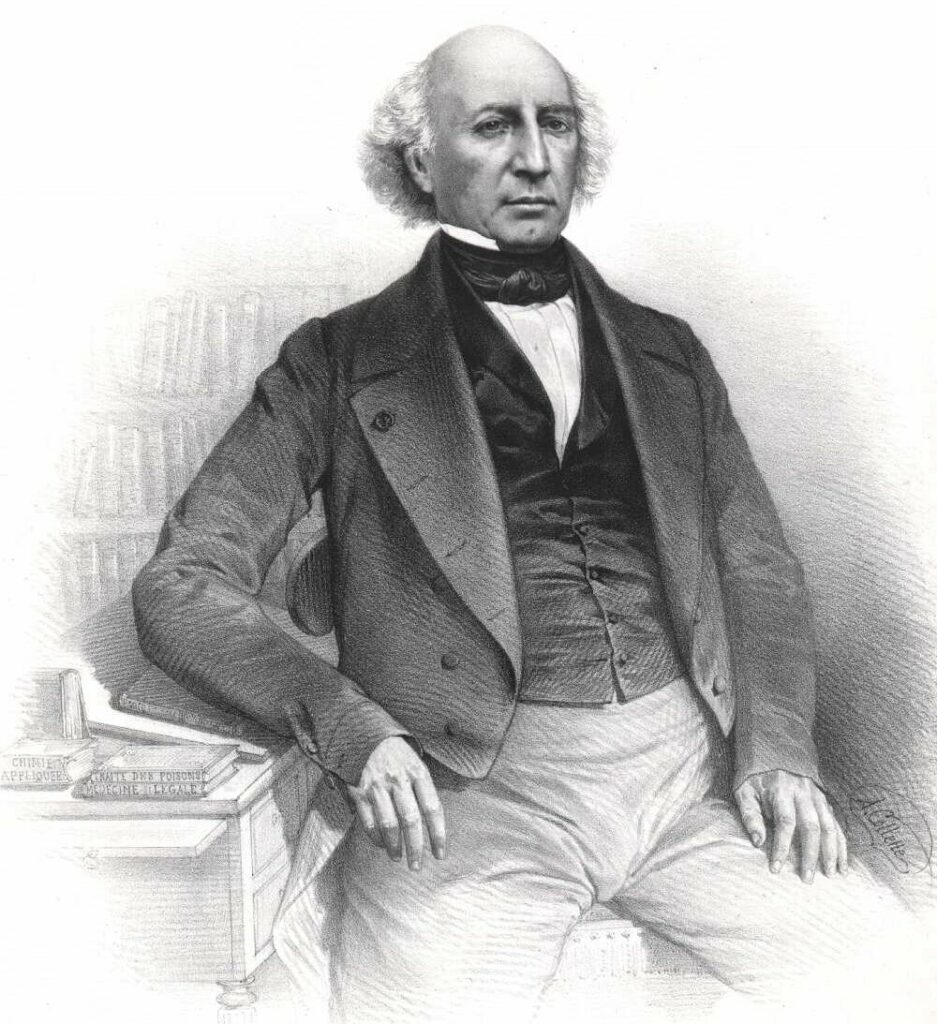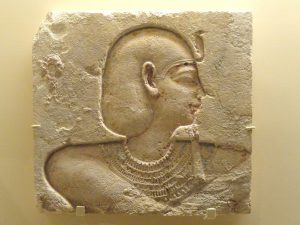Forensic toxicology has always considered Mathieu Joseph Bonaventure Orfila as its founder. While he did make significant contributions, many other figures and events involved in the field’s development are often missed as being crucial to that development. A perfect example of this is the case of Charles Lafarge’s murder trial. Murders by poison were common in the booming and fast-growing city of Paris in the nineteenth century. Fortunately, researching pharmacologists and toxicologists common as well.
As the Dean of the Faculty of Medicine in Paris in the 1830s and 1840s, Mathieu Orfila took an interest in the absorption of poisons and how they affected the body. With the high number of poisonings seen in Europe during the early nineteenth century, specifically by arsenic, toxicology was an essential study needed to solve this problem. Orfila had already made a name for himself at the time with his impressive scientific contributions. As a twenty-year-old eager to learn, he moved from Spain to France to continue his education where it did not take long for him to gain popularity. The publication of his book, Traité des Poisons Tirés des Règnes Minéral, Végétal et Animal, ou Toxicologie Générale (A Treatise on Poisons Found in the Mineral, Vegetable, and Animal Kingdoms, or a General System of Toxicology), in 1814 put his name out there and assisted in creating many interpersonal relationships. The book classifies and includes the traits of favored toxic substances, how they can be used as remedies, and how much of a substance would be lethal. It was the first treatise concerning how bodies absorb and react to various substances and is also considered to be the first forensic toxicology book. Although this was a big step towards modern-day forensic toxicology, it was met with some resistance because of the way Orfila gathered his information. Testing out different poisons on humans will, of course, get you into trouble, so he resorted to animal experimentation. The speculation he received about his experiment’s data did not stop him, though. The journey to understanding how the body absorbs and reacts to poisons was not over yet.1
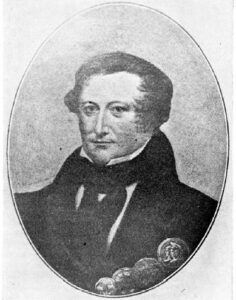
In order to deepen his knowledge and understanding of this topic, Orfila turned to other researchers’ work in addition to results from his own experiments and autopsies, to gather more information and methods useful to his research. Luckily for him, he was in the right place to learn plenty of new things from his fellow colleagues. Paris had been recognized as the scientific center at the time, and because of this, there were many scientists, like Orfila, who were conducting research regarding toxicology or chemistry to answer their research questions. Among these scientists was English chemist James Marsh, whose name was not yet well known by many. He became dedicated to creating a new technology that would provide evidence of arsenic’s presence. Its results were displayed in a comprehensible manner for jury members unfamiliar with toxicology and chemistry after failing to do so in the infamous “Bodle Affair”—an 1836 trial where John Bodle was charged with the poisoning of his grandfather and found innocent because of inconclusive evidence supplied by Marsh. Years after being found not guilty, he confessed to his grandfather’s murder and provided more motivation than ever to improve the test for arsenic.2 It was in the Edinburgh Philosophical Journal where an article about the simple and newly published Marsh arsenic test caught the attention of many, including Orfila. This arsenic test aligned perfectly with his studies. So he began experimenting with the test’s apparatus along with other scientists around the globe who had an interest in it.3
Throughout his research, Orfila developed numerous questions through observations as he learned about poisons and their absorbance. One of the topics he questioned was how soil or burial sites affect arsenic absorption. After all, he lived during arsenic’s prime time and not only saw but was also involved in numerous poisoning trials. With the knowledge of procedures needed for these trials, he aimed to answer additional concerning questions, such as, does the soil at cemeteries contain arsenic? Can that arsenic infiltrate the human body? Can arsenic travel from the body to the soil? Following even more experiments and tests which involved boiling soil and wetting high calcium sulfate soil with an arsenic solution for analysis, it was revealed that calcium sulfate prevents the arsenic compound from altering while rainwater diffuses the compound throughout the ground but it does not penetrate the organs of corpses. Orfila came to the conclusion that when testing corpses for the presence of arsenic, there are certain boxes that need to be checked throughout the process depending on the body’s condition. There was a mutual agreement among everyone that when a casket is fully intact and untouched, you can assume that no foreign bodies were able to enter the space and into the corpse. With this knowledge, Orfila stated that in the case of a damaged casket or a cloth-wrapped body, experts should also analyze the surrounding soil. For intact corpses, they are to be washed with cold water before being analyzed. The cause of death can be said to be arsenic poisoning if the body tests positive for arsenic presence and the burial site soil tests negative after being boiled. For decomposing bodies, the surrounding soil should be tested and analyzed along with the remains after being treated with cold water. If these results come back as negative, it is safe to assume the body was the original source of the arsenic.4 This would be the “normal arsenic” that Orfila discovered in early 1839, which is just the discovery that it is a naturally occurring element of the body. This triggered a controversy over the Marsh arsenic test.5
There were various other factors in this becoming a hot topic. Researchers were beginning to notice the problem that accompanied the test’s extreme sensitivity: arsenic contamination. The aforementioned graveyard soil was just recently discovered to be a contaminant, but objects such as reagents and vessels were being labeled with the same name. The inconclusive results that the test provided created talk among the whole science community.6
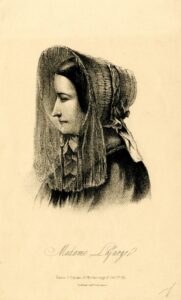
Unfortunately, this issue had inconvenient timing. The following year, in February 1840, the news of Charles Lafarge’s death reached many different areas. Word about the white powder seen in his food and drinks followed closely behind, and it became clear to all that they were dealing with yet another case of arsenic poisoning. The main suspect was his wife, Marie Lafarge, as she was the one providing his meals and was seen giving him the food containing the white substance. This case drew the attention of people more than usual, due to the Parisian high-class connections Lafarge held. As a result, a group of experts from a neighboring town as well as local experts were asked for their opinion in the case, where they concluded that arsenic was used to poison Lafarge. Despite the fact that they were able to identify the substance used and positively test for arsenic in the food, when it came time to pull out the Marsh test again to analyze the body for any presence of the toxin, they were not able to provide any evidence of it using that test. This puzzled them, as they believed they had a solid case. Not knowing what else to do, they called in reinforcements. Mathieu Orfila, along with two other experienced experts, came ready to help, and they reviewed the steps these pharmacologists and toxicologists had previously taken. Orfila found that the Marsh test had not been used correctly, so he performed his own analyses using the test multiple times. In his report, following the completion of the analyses, he wrote that he was able to detect arsenic in the corpse and that the previous inconclusive results were a result of the users’ misuse of the test rather than the test itself. The report also stated that the arsenic present can be said to not be naturally occurring or the result of its diffusion in cemetarial soil, meaning the cause of death was poisoning by arsenic.7
With the evidence they needed finally in their possession, they were able to charge Marie Lafarge with her husband’s murder. She was found guilty by the jury and received a life sentence; however, she did not serve the full sentence due to speculation about her involvement. This case showed that not everyone in the career field had received or is able to receive the skill training needed to properly utilize the Marsh test apparatus.8 Although new concerns regarding this test had been made available to the public, there were no set policies that kept everyone across the continent updated with the newest methods and procedures, leading to scenarios just like the Lafarge trial.
In order to avoid this, a procedure was put in place following Orfila’s method for using the test. The testing of the surrounding area and objects to ensure their purity of arsenic was implemented into the process to avoid contamination and possible inaccurate results.9 As a leader and educator in the forensic toxicology field, it was not difficult for Orfila to establish this method for all to follow when attempting to provide evidence of arsenic poisoning. Even those who disagreed with some aspects of his work were able to come to an agreement and accept this procedure. The Marsh test and the method developed by Orfila were so effective in court that they were kept in use until new technology outdated them.
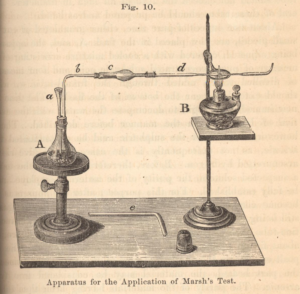
- Spyros Michaeleas, Aristidis Veskouki, George Samonis, Constantinos Pantos, Georges Androutsos, Marianna Karamanou, “Mathieu Joseph Bonaventure Orfila (1787-1853): The Founder of Modern Toxicology,” A Journal of Clinical Medicine Vol. 17, Iss. 2 (2022): 534. ↵
- Sandra Hempel, The Inheritor’s Powder: A Tale of Arsenic, Murder, and the New Forensic Science (WW Norton & Company, 2013), 135. ↵
- K. Lee Lerner and Brenda Wilmoth Lerner, eds., World of Forensic Science (Detroit: Thomson/Gale, 2006), 437-438. ↵
- Jaime Wisniak, “Mathieu Joseph Bonaventure Orfila Contribution to toxicology,” Revista CENIC. Ciencias Biológicas Vol. 53, Iss. 2 (2022): 216. ↵
- Anja Skaar Jacobsen, “Chemistry, Medicine, and Crime: Mateu J.B. Orfila (1787-1853) and His Times – Edited by José Ramón Bertomeu-Sánchez; Agustí Nieto-Galan,” Centaurus 49, no. 3 (December 12, 2007): 18, https://doi.org/10.1111/j.1600-0498.2007.00072.x. ↵
- Anja Skaar Jacobsen, “Chemistry, Medicine, and Crime: Mateu J.B. Orfila (1787-1853) and His Times – Edited by José Ramón Bertomeu-Sánchez; Agustí Nieto-Galan,” Centaurus 49, no. 3 (December 12, 2007): 18, https://doi.org/10.1111/j.1600-0498.2007.00072.x. ↵
- Spyros Michaeleas, Aristidis Veskouki, George Samonis, Constantinos Pantos, Georges Androutsos, Marianna Karamanou, “Mathieu Joseph Bonaventure Orfila (1787-1853): The Founder of Modern Toxicology”, a Journal of Clinical Medicine Vol. 17, Iss. 2 (2022): 532-537. ↵
- Spyros Michaeleas, Aristidis Veskouki, George Samonis, Constantinos Pantos, Georges Androutsos, Marianna Karamanou, “Mathieu Joseph Bonaventure Orfila (1787-1853): The Founder of Modern Toxicology”, a Journal of Clinical Medicine Vol. 17, Iss. 2 (2022): 532-537. ↵
- K. Lee Lerner and Brenda Wilmoth Lerner, eds., World of Forensic Science (Detroit: Thomson/Gale, 2006), 437-438. ↵
